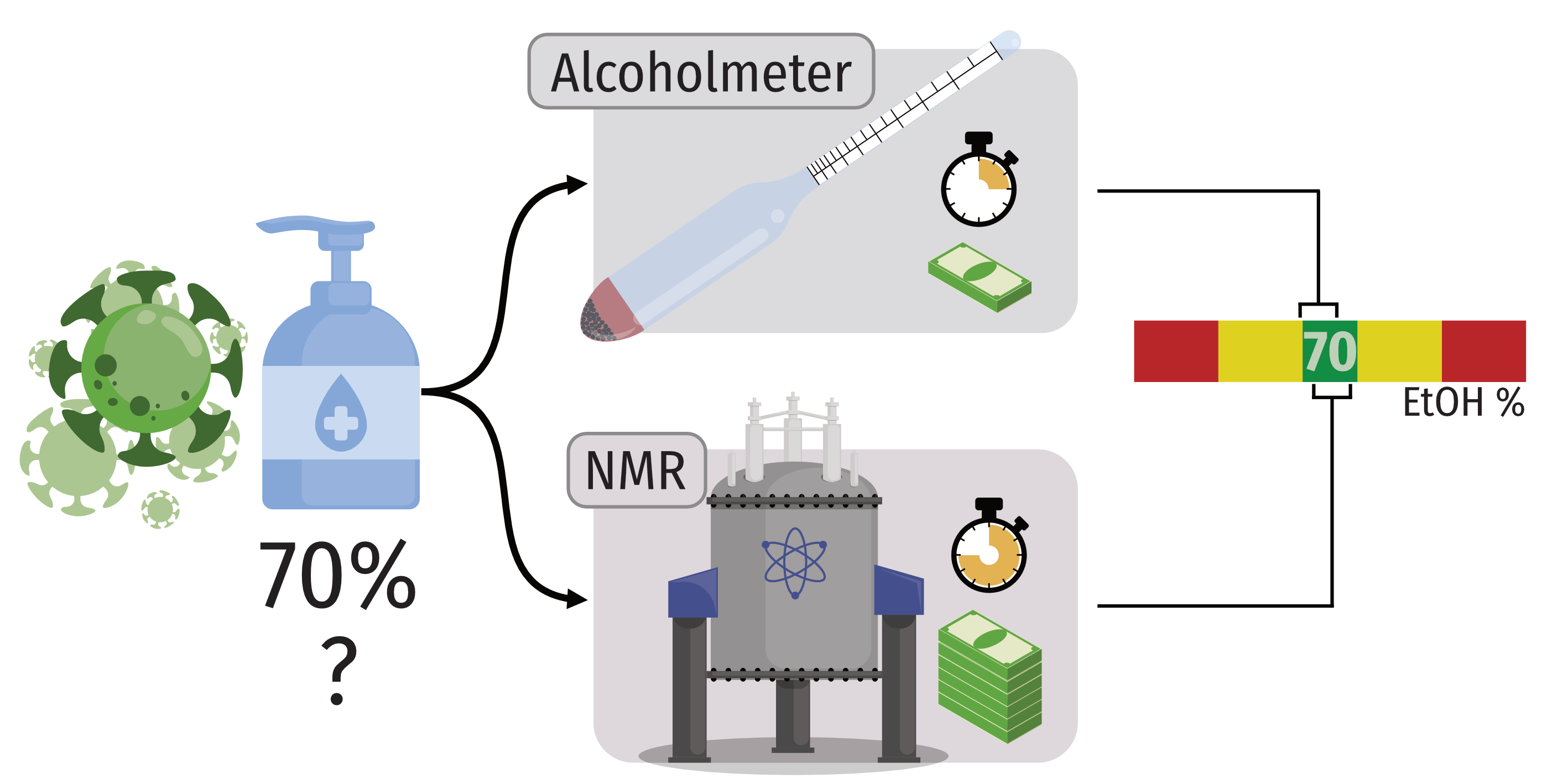Abstract
Expensive and complex methodologies are available to determine the ethanol concentration in alcohol gel samples. The aim of this article was to demonstrate that alcoholmeter could be used as an alternative method to determine ethanol in gel formulations. Alcohol gel samples were produced using: hydroxypropylmethylcellulose (HPMC), hydroxyethylcellulose (HEC) and Carbopol 940© (CBP). A factorial design was performed to evaluate the interaction between the ethanol concentration, glycerin and polymer contents in the samples in the recovery data of the ethanol content. Rheological analyses were also performed to identify the limiting factors to ethanol quantification. All the results were compared to high resolution magic angle spinning nuclear magnetic resonance (HR-MAS NMR) as a reference methodology. The results demonstrated that the alcoholmeter could be used to determine alcohol concentration, moreover the level of polymer HEC or HPMC, glycerin and ethanol has no effect in the determination. Yield stress, and not viscosity or flow index, appeared as the limiting factor to the use of alcoholmeter in non-acidified CBP samples. Acidification appears to be mandatory to determination of ethanol concentration in CBP samples. It was possible to achieve an inexpensive, handy and fast methodology to quantify alcohol in gelled samples, in the range of concentrations used in this article.

